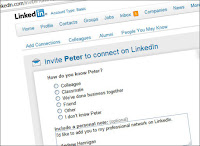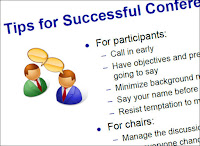16Pics Automatic Photo Picker: Humans Do Better But Have Better Things to Do

This week I've been testing a new website called 16pics that is designed to take the hard work out of choosing a selection of photos from an album. Once you have set up your account it is very simple to use. You just choose an album on your favorite photosharing site or on Facebook and it automatically chooses a suite of 16 photos that you can share with your friends. Surprisingly the process takes less time to do than to describe. Assuming you already have your photo album on a photo sharing site the automatic selection takes literally a few seconds. If you are not happy with the choice you can select any of the 16 photos and manually replace it with a single click. For some features you don't even need a click -- just selecting an album from the list starts the selection process so there is no "proceed" button, a time-saving design feature I like. When I tested it on a collection of 82 photos of Tanzania the initial choice was acceptable and easily tweaked t...
















